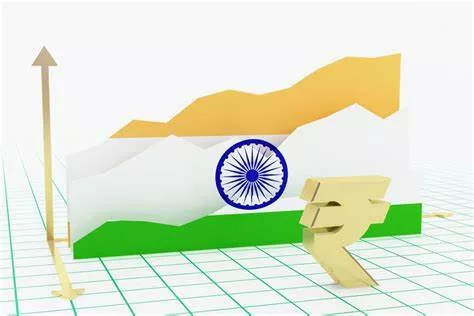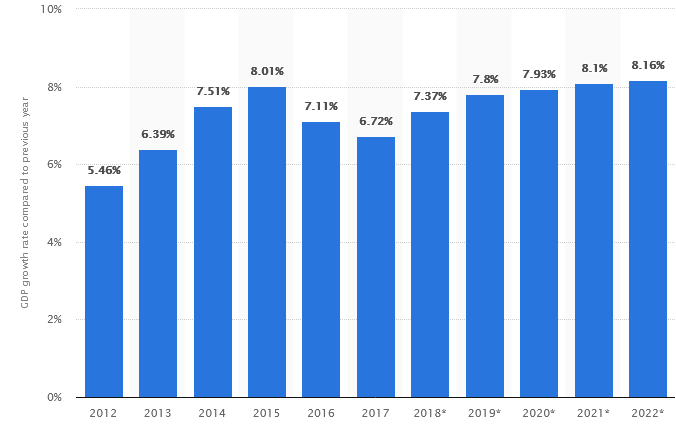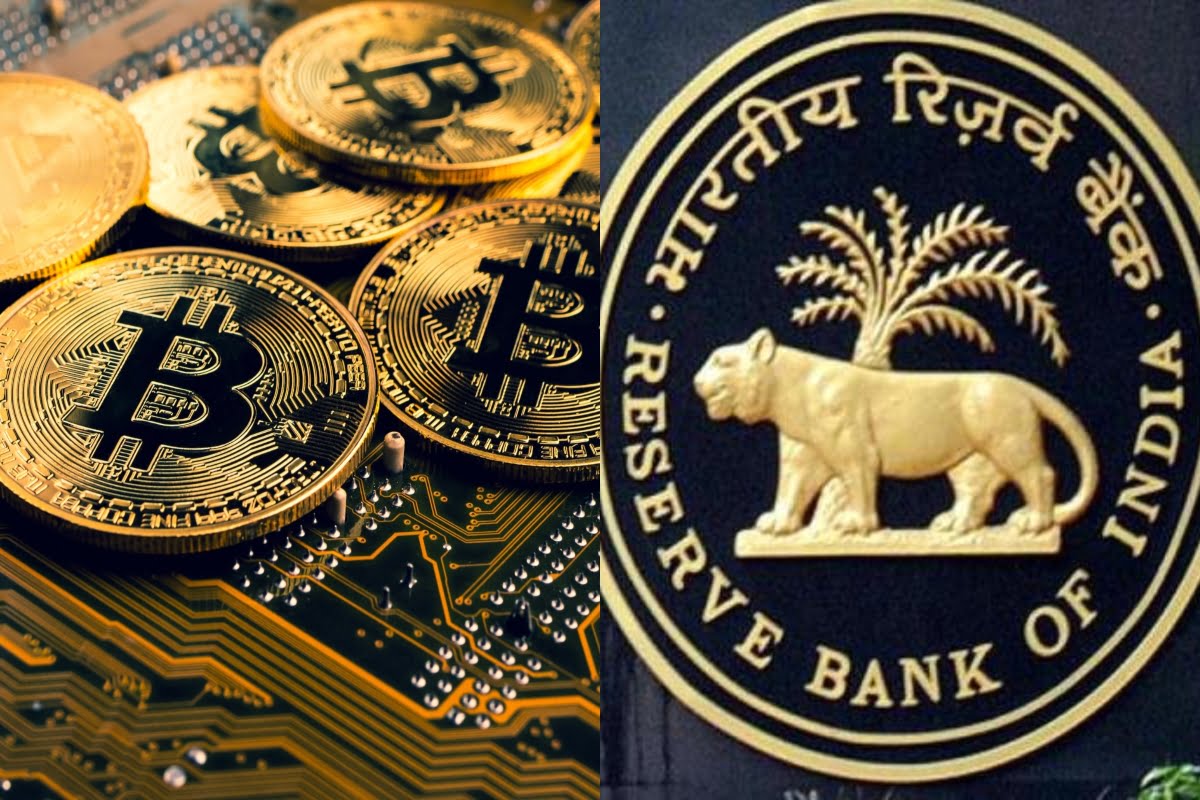India occupies a ‘bright spot’ in the global economy in 2023 based on the U.N. reports

Presently, India has a bright spot in the global economy and is on a strong foot. India is predicted to grow at 6.7 percent next year, which is the highest growth rate compared to any other G20 nation. It has been declared by the U.N economist.
The remarks have been presented by the Chief of the Global Economic Monitoring Branch, Economic Analysis and Policy division, UN Department of Economic and Social affairs.
Rashid has stated that he thinks India is in a safe spot in the world economy at the present moment. He has shared his opinion in the launch of the World Economic Situation and Prospects 2023 report.
The report has stated that India’s GDP will increase to 5.8 percent in 2023. It has occurred due to higher interest rates and a slowdown in the global economy on investments and exports.

Despite the prospects for the neighboring South Asian countries seeming challenging, India’s economic growth will remain strong. It has been projected that India’s growth will reach 6.7 percent in 2024 making it the fastest-growing economy in the world.
He has further added that India has a strong foot-based that India has strong domestic demand in the next term. India’s rate of growth is considered the highest compared to other G-20 nations.
The increase in growth is sustainable for India. Many people in the country have remained in poverty for a long time. If India can sustain the growth rate in the next quarter, it would be a boost for the country. It will help in the sustainable development goals and be beneficial for poverty reduction around the world.
India’s growth can be contributed to three main factors:
He mentioned that India’s unemployment rate has slowed down in the last four years to 6.4 percent and is lower than in 2017. It implies that the domestic demand has been strong recently.
India’s inflation pressure has slowed down and is expected to be 5.4 percent this year followed by 5 percent in 2024.

It means that India’s central bank has to adopt a monetary tightening policy.
The third factor contributing to the growth can be the lowering of import bills. The energy import prices have been lower than the previous years. It has helped India attain growth in 2022 and 2023.
He has further stated that India’s growth can take a downturn if the interest rates are tightened. India’s debt servicing cost has increased by 20 percent of the budget, and it is considered that higher debt servicing costs would impact growth prospects.
Another risk can be an external demand.
The exports may negatively impact if the U.S. and Europe’s imports slow down.
Reports have shown that the world’s output growth will decrease from an estimated 3 percent in 2022 to 1.9 percent in 2023. It has been considered because of the recent shocks due to covid-19 pandemic, the war in Ukraine followed by the shortage of food and energy prices, debt tightening, and surging prices. The world economy in 2022 has presented an uncertain global outlook. Global growth will increase by 2.4 percent in 2027.

However, it is dependent on the monetary tightening policy, the results of the war in Ukraine, and the possibilities of disruption in the supply chain.
A United Nations Department of Economic and Social Affairs report stated that the economic outlook has worsened due to rising food and energy prices, fiscal vulnerabilities, and other monetary policies.
The average GDP growth has been predicted to range from 5.6 percent in 2022 to 4.8 percent in 2023.
Bangladesh, Sri Lanka, and Pakistan have sought assistance from the International Monetary Fund, and the prospects seem challenging for the other South Asian nations.
Predictions have been made that China will grow at 4.8 percent in 2023 and 4.5 percent in 2024. The U.S. economy has registered a growth of 0.4 percent in the present year and 1.7 percent in 2024 respectively.
The reports have shown that the chances of recession, stating that the high inflation, strict monetary tightening policy, and increased uncertainties have slowed down the economic recovery in India.
Many developing nations have visualized a slower job recovery rate in 2022 and continue developing a restructuring process. Disproportionate loss in women’s jobs during the initial phases of the pandemic has not yet been restored, and there are many improvements yet to be made in the informal jobs.
The report has advised relocation and reprioritization of public spending through different policy interventions will create employment opportunities and accelerate growth. It will help to strengthen social protection and ensure continuous support through continuous cash transfers.
Edited by Prakriti Arora




